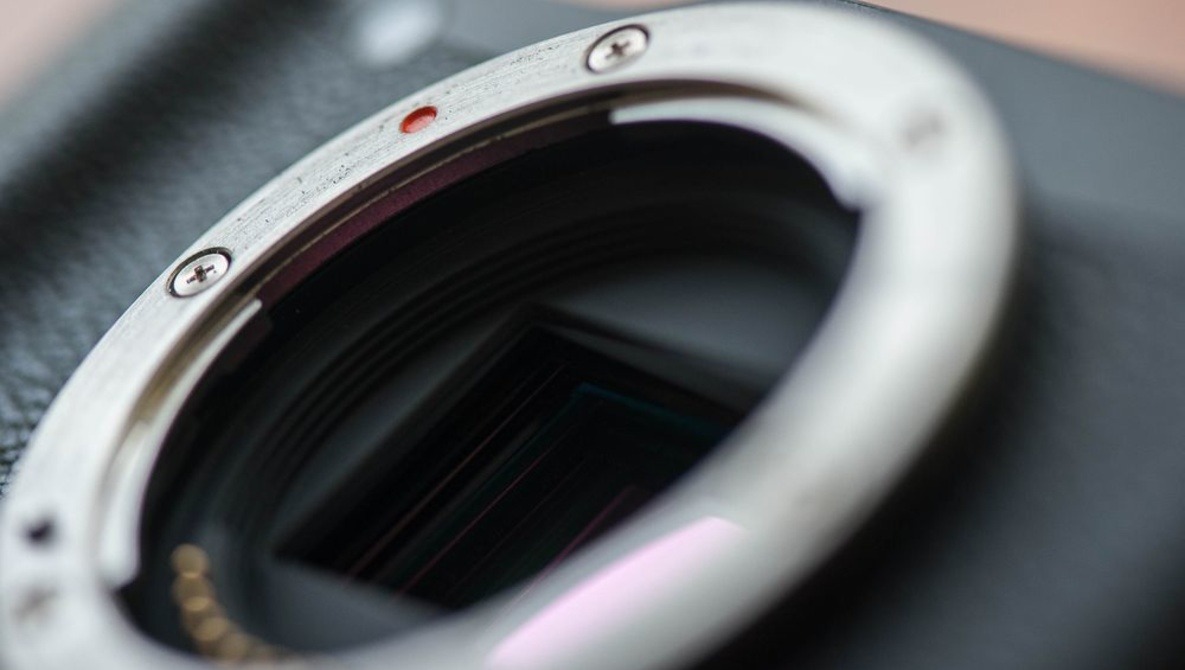Cameras have always been at the forefront of technology. They've always pushed the boundaries of what's possible. Perhaps then it is unusual to have such a high tech sector so closely wedded to art. That is what makes photography such a passion for me. And while there will always be those that push the creative elements, with the camera purely a utilitarian device for achieving that, others will take the bleeding edge, create new imaginings, add unusual twists and embellishments, and take that edge even further. Commercially then, it doesn't pay to be second. Be at the edge and take advantage of it.
In the early years of photography, that technological edge lay in a range of realms; manufacturing, materials, and chemistry to name but a few. Each new offering would take the sector forward. For example, focal plane shutters, 35mm film, multi-grade paper, xenon flashbulbs, phase-detect autofocus, and aspheric lenses. They've all had their part to play in pushing the boundaries of what we can achieve. And for film cameras, the unsung hero of product design for me has got to be the lens mount. This has engineering elegance in terms of a physical coupling between the lens and the camera. The connection has two critical elements: it must be light-tight and stable. That is, light must only be allowed to enter through the lens itself and, once coupled, it must maintain a fixed flange distance in order to allow the image to be focused. It is an elegant technical solution to allow a general purpose, interchangeable lens camera. And Nikon has shown that, with the right design at the right time, you can define a coupling that can last well past 60 years.
Step forward to the digital age and the photographic world has been turned upside down. The technological advances that are pushing image making forward are often software based. Yes, a camera is still largely a mechanical device, but it is increasingly digitally controlled for image production. The algorithm is king and this is no better exemplified than in the mobile phone sector. The limitations of small sensors means that, in order for them to produce good quality imagery, there needs to be significant postproduction. The camera in the Google Pixel is renowned for this, while Apple took great strides in utilizing the dual camera capabilities of the iPhone 8. Traditional camera manufacturers have been left wanting, but we are seeing them utilize a range of shooting modes to capture imagery that phones simply can't and then use picture styles to process them in-camera. Fuji have pioneered in-camera raw processing and expect this to become more potent with their imminent release of a PC-based raw processor that actually utilizes the camera to develop the image.

But the unsung hero of the digital era? Undoubtedly it is firmware. As low-level software that actually runs the camera, it simply has to work. Yes, we are used to firmware upgrades, but unlike app releases for phones, they are relatively infrequent. And camera manufacturers take care in their production. Indeed, they are long-lasting software products that, as new models are released, are gradually developed. If you have a Nikon D850, then pick up an F100. You might be pleasantly surprised at just how similar the cameras actually are. You need a dedicated software development team, a stable product line, and a loyal customer base. Firmware needs to be correct; When it is buggy and doesn't work you will curse the camera, but get it right and it is the unsung hero.







I'd have to agree. Firmware controls the DSLR operations, but then there are mechanical factors to figure in, such as the shutter mechanism. My Canon 5D III has more controls than my Canon A-1 and New F-1 combined.
Firmware can often add very useful features. I imagine many people are completely unaware of firmware updates. I recommend writing an article on the importance of upgrading one's camera's firmware and how simple it really is.
Good shout - Ill add it to the list :)